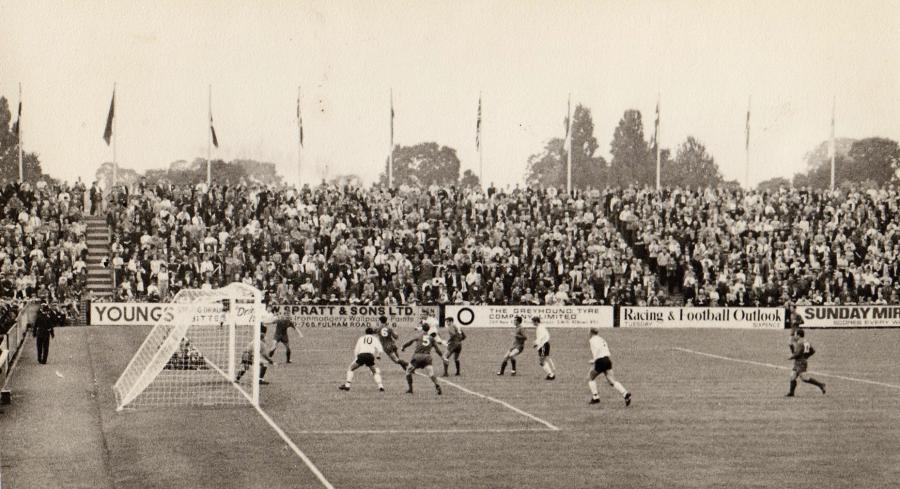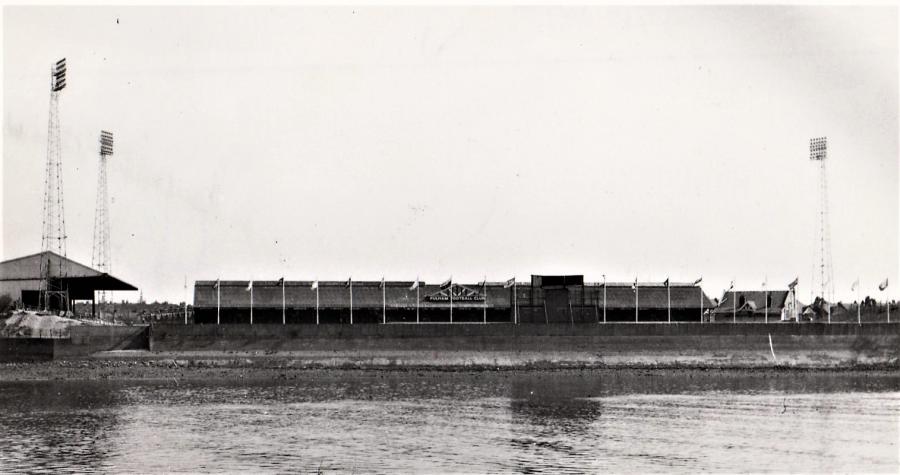Anxious to restart their winning run Fulham travelled to Cardiff for a Friday night match.
Harry Arter, who played for the Welsh side last season, warned his new team-mates what to expect: “We have to make sure we are mentally prepared for a physical game rather than just playing total football like we have been.”
He should have heeded his own advice. In the 66th minute, with the match poised at 1-1, Arter perpetrated a wild and ill-timed tackle, punished with a yellow card.
Possibly feeling aggrieved (weren’t Cardiff the rough ones?) he surged into the attack and tumbled after a slight touch by Sean Morrison.
Harry’s synthetic outrage at a supposed injustice probably contributed to his second caution and immediate dismissal.
This effectively ended the visitors’ hopes of victory. They had looked the better side in a colourless first half only to fall behind when Aden Flint dispossessed Ivan Cavaleiro and gave Josh Murphy a clear run at goal.
Before half-time Cavaleiro made amends by allowing Aleks Mitrovic to equalise from close range.
After Arter’s dismissal Fulham concentrated on defence, and also indulged in the dubious time-wasting manoeuvres that had soured Nottingham Forest’s victory at the Cottage.
Referee Tim Robinson produced more yellow cards. It is a pity that he was not in charge of the Forest game.
The Whites enter the international break with ten points from six matches, enough to keep them in contention.
Craven Cottage ground

In 1905 when Archibald Leitch redesigned the Craven Cottage ground, he made few changes to the standing area on the riverside.
The bank, composed of earth excavated for the Central Line, was now properly terraced with crush barriers but the view was the same and there was no roof to protect spectators from the wind and rain.
The bizarre suggestion of a small box for the club’s directors balanced on stilts above the crowd was quickly abandoned. Who would dare to sit there if the team was faring badly?
The club did consider a more serious proposal in the 1930s for a full-sized stand, but the cost was prohibitive, and supporters were content with the open terrace.
When I started watching in 1948 it had changed little from the Edwardian era, with a scoreboard and advertising hoardings behind the spectators (who could always climb on them when the terrace was overcrowded).
There was a clear view of the river and if the Boat Race coincided with a home match many on the terrace would briefly turn their backs on the football.
In the 1960s Tommy Trinder modernised the ground, installing floodlights and electric scoreboards and (most imaginatively) replacing the riverside hoardings with flagpoles, one for each member of the League’s top tier.

As visitors were quick to remark, the flags showed only the name of the club, not its crest or logo, but they looked good both within the ground and from across the river.
Of course, relegation meant that two new flags were needed each year.
The idea finally collapsed when Fulham were themselves relegated to the second tier in 1968, and the third tier in 1969.
By then the club had decided to replace the terrace with a new grandstand, as I shall show in a later blog.
The views expressed in this blog are those of the author and unless specifically stated are not necessarily those of Hammersmith & Fulham Council.
Want to read more news stories like this? Subscribe to our weekly e-news bulletin.

